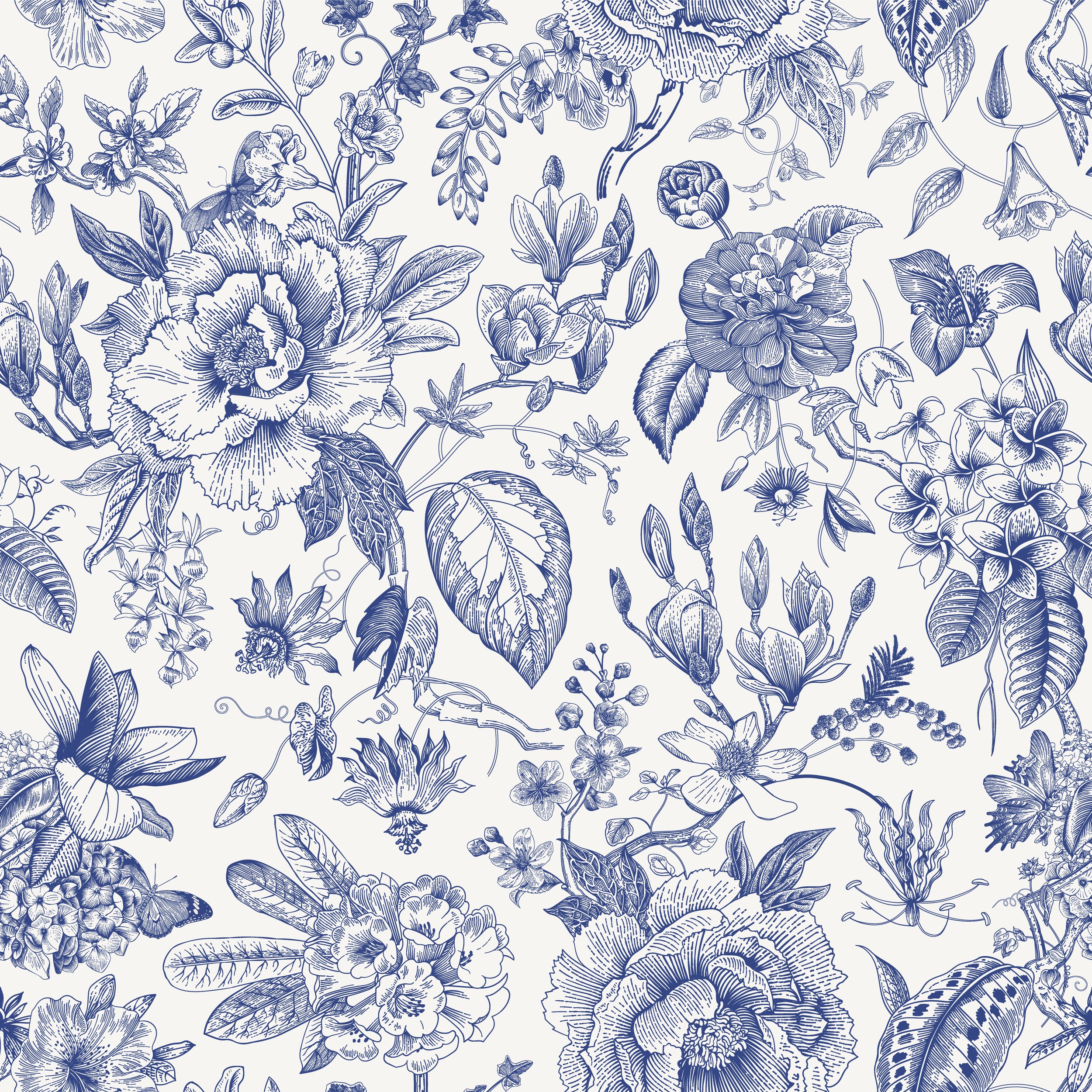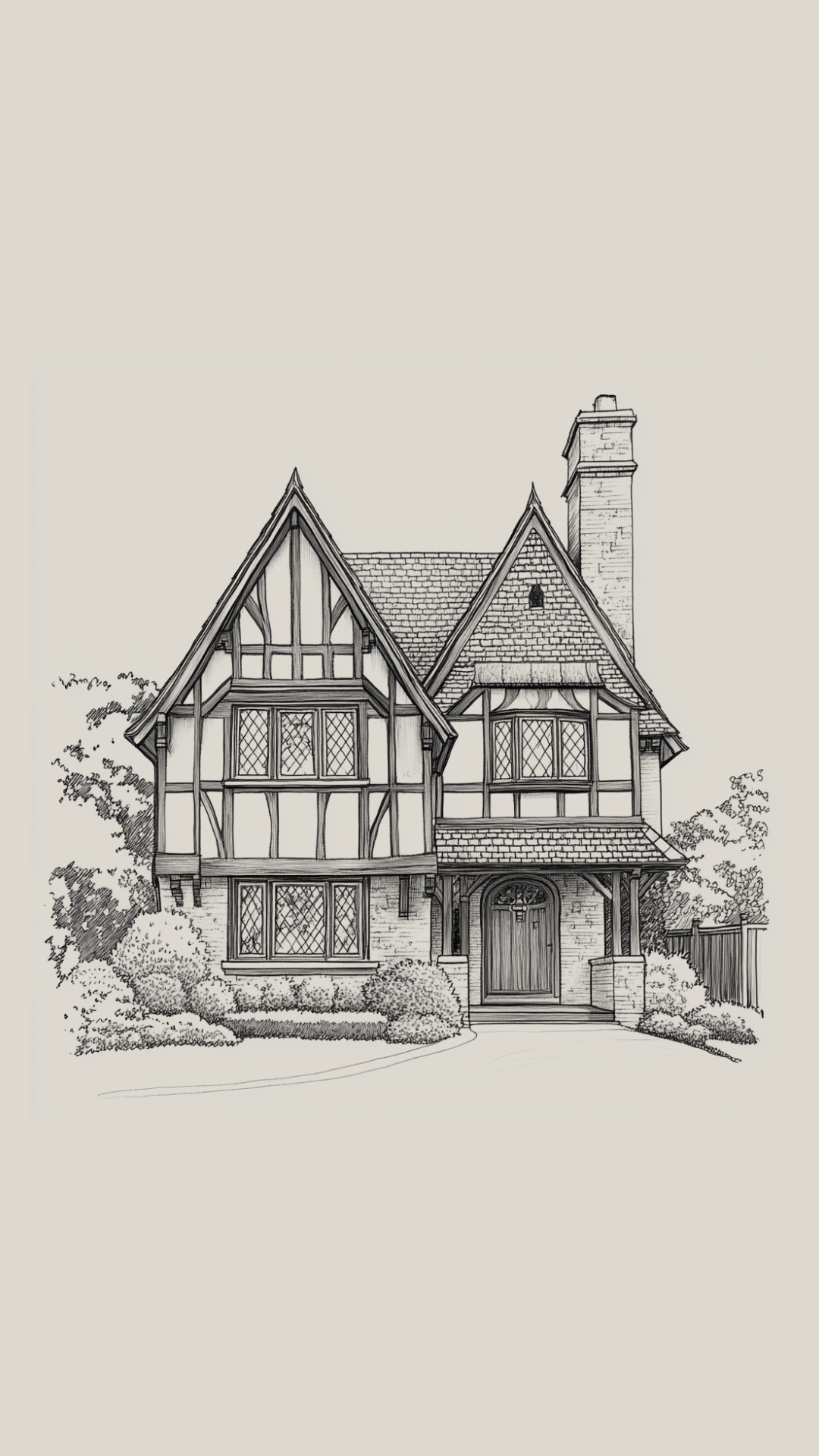
Architectural Style Guide
A reference guide of the vintage & historic architectural styles you’ll find among Sacramento’s neighborhoods.
Cape Cod homes in Sacramento are recognized for their charming, straightforward design and classic appeal, most commonly built between the 1920s and 1950s. These homes typically have a steep, pitched roof with side gables, meaning the roof slopes down on both sides. They are usually one or one-and-a-half stories tall, featuring a central front door flanked by double-hung windows, often with shutters. While many Cape Cods are covered in wood shingles or clapboard siding, some are also built with brick exteriors. A key way to identify this architectural style is when you spot dormer windows—small windows that pop out from the roof—adding extra light and space to the upper floor. These features give Cape Cod homes their cozy, timeless look, making them a charming addition to Sacramento's diverse neighborhoods.
Cape Cod
Colonial Revival
Colonial Revival homes in Sacramento are inspired by the early American colonial architecture, with most built between the 1890s and 1950s. These homes are known for their symmetrical, rectangular shape and often have two or more stories. A key feature is a prominent, centrally located front door, sometimes accented with a decorative crown or small porch supported by columns. You’ll often see evenly spaced, multi-paned windows on both sides of the door, and some homes may have dormer windows projecting from the roof. The exterior is typically brick, wood siding, or stucco, painted in classic, muted colors. Inside, these homes often have formal entryways, paired with a balanced floor plan. The Colonial Revival style brings an elegant, stately look to Sacramento’s neighborhoods, reflecting a sense of tradition and timelessness.
Craftsman
Craftsman homes are a popular architectural style in Sacramento, built primarily from the early 1900s to the 1930s. Known for their handcrafted details and cozy, inviting feel, these homes often feature a low-pitched, gabled roof with wide, overhanging eaves and exposed rafters. A distinctive feature of a Craftsman home is the covered front porch, supported by thick, square or tapered columns, often set on brick or stone piers. The exterior showcases a mix of natural materials like wood siding, brick, or stone, giving the home a warm, earthy look. Windows are typically double-hung with multiple panes in the upper sash and a single pane below, sometimes featuring decorative glass or built-in window seats. Inside, you'll find open floor plans, built-in cabinetry, and detailed woodwork that enhance their handcrafted charm.

Victorian Homes
When people refer to "Victorian homes," they're talking about a broad range of architectural styles that were popular during the Victorian era, which spanned from the mid-19th century to the early 20th century (roughly 1837 to 1901, during Queen Victoria's reign). It's important to note that "Victorian" is not a single style but rather a term that encompasses several different styles that emerged during this period. In Sacramento, you'll find a variety of Victorian-era homes, each with its unique features. The most common styles within this era in Sacramento include Italianate, Stick, and Queen Anne.
-

Queen Anne
Queen Anne homes are perhaps the most recognizable of the Victorian styles, known for their whimsical, eclectic designs. They often feature a mix of materials and textures, including patterned wood shingles, ornate trim, and asymmetrical facades. Key characteristics include steep, multi-gabled roofs, wrap-around porches, and round or polygonal towers or turrets. The Queen Anne style is also famous for its vibrant color schemes and decorative details, like spindles, brackets, and gingerbread trim, creating a lively and eye-catching aesthetic.
-

Italianate
Italianate homes are known for their elegant, ornate designs inspired by Italian Renaissance villas. Key features include tall, narrow windows with rounded or arched tops, decorative brackets under wide eaves, and sometimes a cupola or tower. These homes often have low-pitched or flat roofs and are typically two or three stories tall. The exteriors are often stucco or brick, with intricate detailing around windows and doors, giving them a grand, refined appearance.
-

Stick
Stick style homes are characterized by their visible "stickwork," or decorative wooden trim that emphasizes the home's structural framework. These homes often have steeply pitched gable roofs, overhanging eaves, and wooden siding, sometimes with vertical or diagonal boards creating geometric patterns. The Stick style is less ornate than other Victorian styles, but it still features plenty of decorative elements, such as trusses, brackets, and spindlework, adding a sense of craftsmanship and complexity.
Greek Revival
Greek Revival homes in Sacramento, popular from the 1820s to the 1850s, are inspired by ancient Greek architecture and resemble grand temples. Key features include tall columns or pilasters, a large triangular pediment, and a symmetrical facade. These homes often have a centered front door with narrow side windows and large, evenly spaced windows with multiple panes. Exteriors are usually painted white or light colors, mimicking marble. With their bold, formal look and classical elegance, Greek Revival homes add a distinctive, timeless charm to Sacramento’s neighborhoods.
Mid Century Modern
Mid-Century Modern homes, popular from the 1940s to the 1960s, are known for their sleek, minimalist design and focus on indoor-outdoor living. In Sacramento, these homes often feature flat or low-pitched roofs, large glass windows, and open floor plans that bring in natural light. Key characteristics include clean, geometric lines, a blend of natural and man-made materials like wood, glass, and steel, and an emphasis on simplicity and functionality. You might also notice unique features like carports, exposed beams, and sliding glass doors that connect to outdoor spaces. Mid-Century Modern homes have a timeless, stylish appeal that fits seamlessly into Sacramento’s landscape, offering a blend of modernity and natural beauty.
Minimal Traditional
Minimal Traditional homes, popular in the 1930s to 1950s, combine elements of traditional architecture with simpler, more streamlined designs. In Sacramento, these homes are typically one-story or one-and-a-half-story with a modest, compact layout. Key features include a low-pitched or gabled roof, minimal ornamentation, and a simple, functional facade. They often have small front porches or stoops, multi-pane windows, and a mix of materials like brick, wood siding, or stucco. Interiors are practical and straightforward, reflecting a post-war desire for affordable, easy-to-maintain homes. Minimal Traditional homes provide a cozy, unpretentious style that fits well within Sacramento’s diverse neighborhoods.
Ranch style homes are a staple in Sacramento, especially in neighborhoods like Tahoe Park. Popular from the 1940s to the 1970s, Ranch homes are known for their single-story, sprawling layout and open floor plans. Key features include a low-pitched roof, wide eaves, and large windows, often with sliding glass doors that lead to the backyard, emphasizing indoor-outdoor living. Exteriors are typically made of brick, wood, or stucco, with simple, horizontal lines that create a casual, laid-back feel. Ranch homes often include an attached garage and a spacious front yard. Their practical, easy-living design and adaptability to larger lots have made them a popular choice in Sacramento, reflecting a relaxed, suburban lifestyle.
Ranch
Spanish Revival homes are a beloved architectural style in Sacramento, known for their classic charm and connection to California’s historical roots. Popular from the 1910s through the 1940s, these homes are characterized by their distinctive red-tile roofs, white or light-colored stucco walls, and arched doorways and windows. You'll often see decorative wrought-iron elements, like window grilles or balcony railings, and exposed wooden beams that add to the rustic, yet elegant feel. Many Spanish Revival homes feature picturesque details like small courtyards, patios, or tiled staircases, emphasizing outdoor living and creating a warm, welcoming atmosphere. Inside, look for elements such as tiled floors, plaster walls, and dark wood accents that complement the style’s rich, historical aesthetic. Spanish Revival homes are a standout in Sacramento’s neighborhoods, offering a timeless, romantic appeal that reflects a blend of history and craftsmanship.
Spanish Revival
Storybook
Storybook homes, also known as “Fairytale” homes, add a whimsical, enchanting charm to Sacramento’s neighborhoods. Popular in the 1920s and 1930s, these homes are designed to look like they’ve come straight out of a storybook, inspired by medieval European cottages. Key features include steeply pitched, asymmetrical roofs with rolled eaves that mimic a thatched roof, tall, narrow windows with diamond-shaped panes, and a variety of exterior materials such as stucco, brick, stone, or wood that give them a hand-crafted, unique appearance. You might also spot charming details like arched doors, rounded towers, or decorative chimneys that add to their fairytale appeal. Inside, Storybook homes often have cozy, irregularly shaped rooms, exposed beams, and charming nooks, further enhancing their magical feel. Though rare, Storybook homes stand out in Sacramento for their playful design and romantic, storybook aesthetic, making them a delightful find for those who appreciate unique architecture.
Tudor Revival homes, popular in Sacramento from the 1920s to the 1930s, are inspired by medieval English architecture. These homes are easily recognized by their steep, multi-gabled roofs and decorative half-timbering—wooden beams set against stucco, brick, or stone. Windows are tall and narrow, often grouped together with small panes, adding to the home’s old-world charm. Look for prominent chimneys with decorative brickwork and arched entryways, often framed by stone. The asymmetrical design, mix of rustic materials, and classic features give Tudor Revival homes their distinctive, storybook look, adding character to Sacramento’s neighborhoods.










